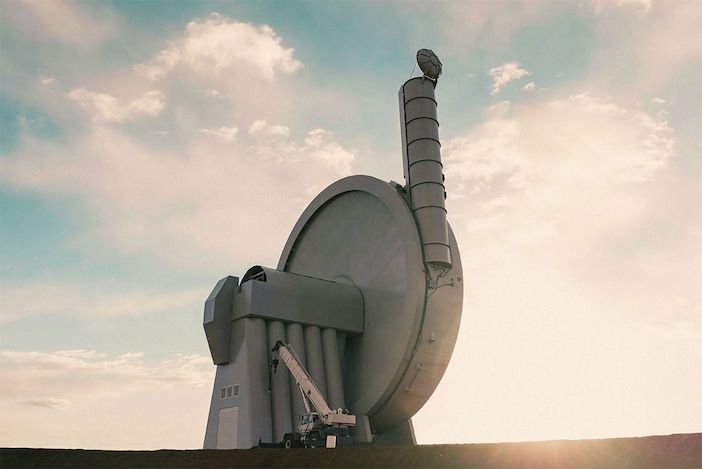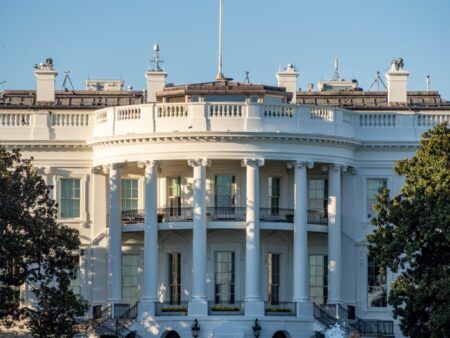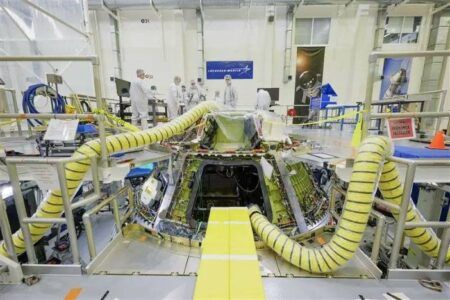California-based company SpinLaunch is working with NASA to test its suborbital accelerator launch system and plans to run a test flight with a payload for the space research agency later this year.
SpinLaunch is developing a launch system that uses a carbon fiber rotating arm within a massive circular vacuum chamber to spin payloads to incredibly fast speeds, and fling them through the atmosphere. Once above the stratosphere, a rocket will be used to provide the final velocity necesscary for orbital insertion and positioning.
The company plans to build a giant centrifuge – a 300ft (90m) diameter steel vacuum chamber capable of spinning payloads at speeds of up to 5,000mph (8,100km/h) to achieve this. SpinLaunch believes its approach can lower the cost of access to space by more than 70% and plans to run its first orbital launch in 2025.
SpinLaunch, which was founded in 2014 has built two accelerator prototypes so far, the largest of which is in Spaceport America, New Mexico. The A-33 accelerator cost US$38 million to build, has a diameter of 110ft (33m) and is 150ft (45m) high.
The company conducted its first successful test flight using the A-33 last year and since then has run several test flights with a variety of payloads at speeds in excess of 1,000mph (1,600km/h).
The Space Act Agreement signed with NASA will see the company develop, integrate, and fly a payload later this year and recover and return it. The flight test will provide information to NASA for potential future commercial launch opportunities.
The two organizations will also work together to analyze the data and assess the system for future flight opportunities. After the review, NASA and SpinLaunch will publish all non-proprietary launch environment information from the test flight.
Jonathan Yaney, founder and CEO of SpinLaunch said, “SpinLaunch is offering a suborbital flight and high-speed testing service, and the recent launch agreement with NASA marks a key inflection point as SpinLaunch shifts focus from technology development to commercial offerings.
“What started as an innovative idea to make space more accessible has materialized into a technically mature and game-changing approach to launch. We look forward to announcing more partners and customers soon, and greatly appreciate NASA’s continued interest and support in SpinLaunch.”
Read our article on alternative approaches to space launch, which includes an exclusive interview with SpinLaunch’s vice president of technology David Wrenn in the latest issue of Aerospace Testing International here.
Register here to receive our quarterly print magazine and our signup for weekly email newsletter.





